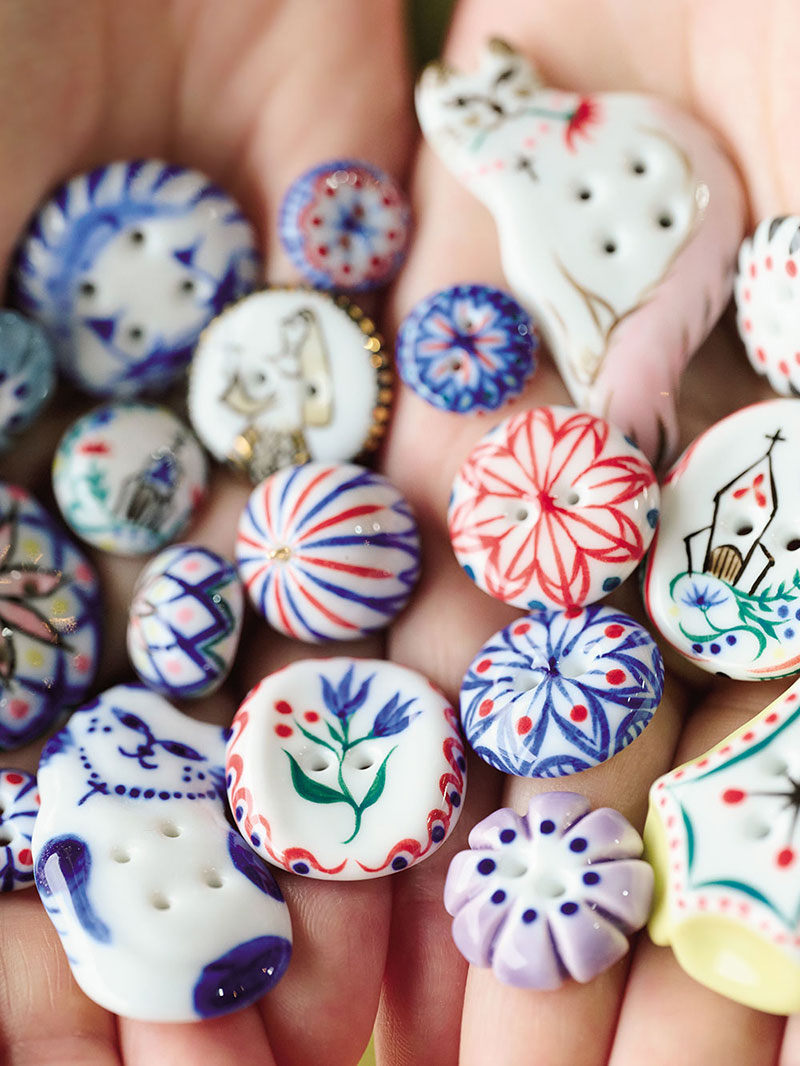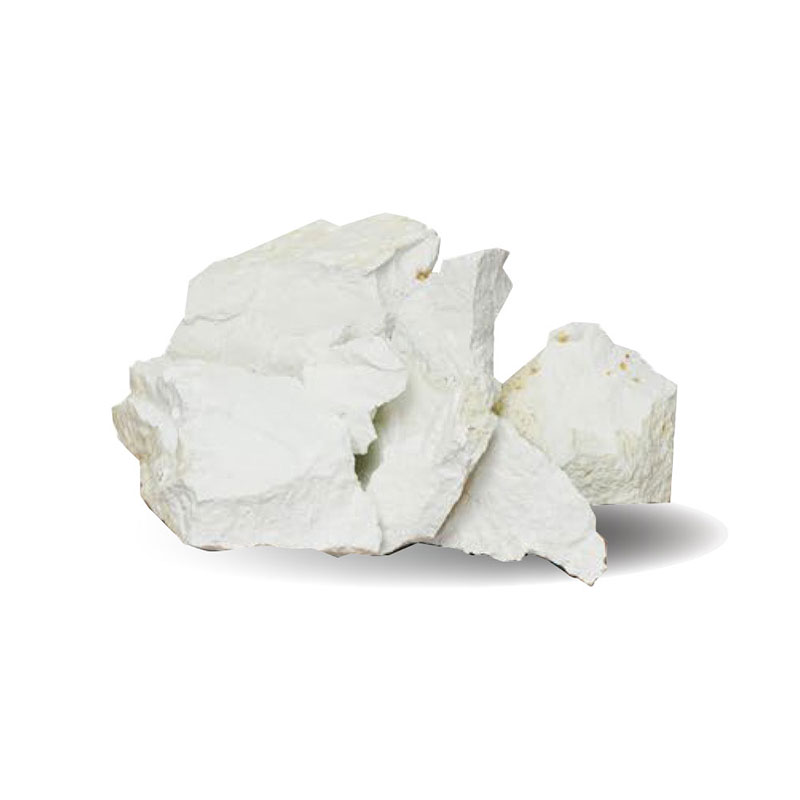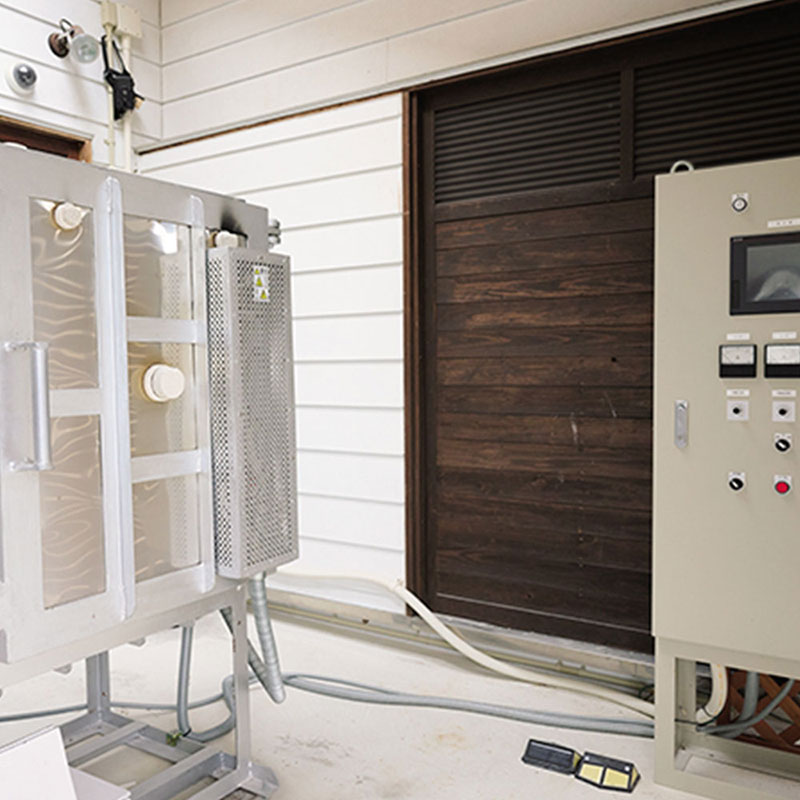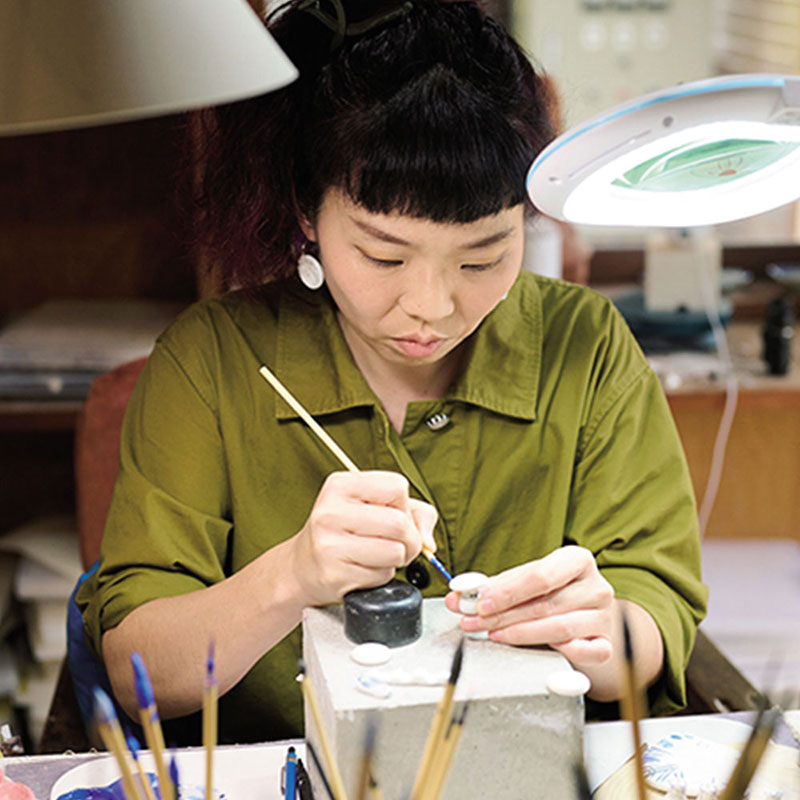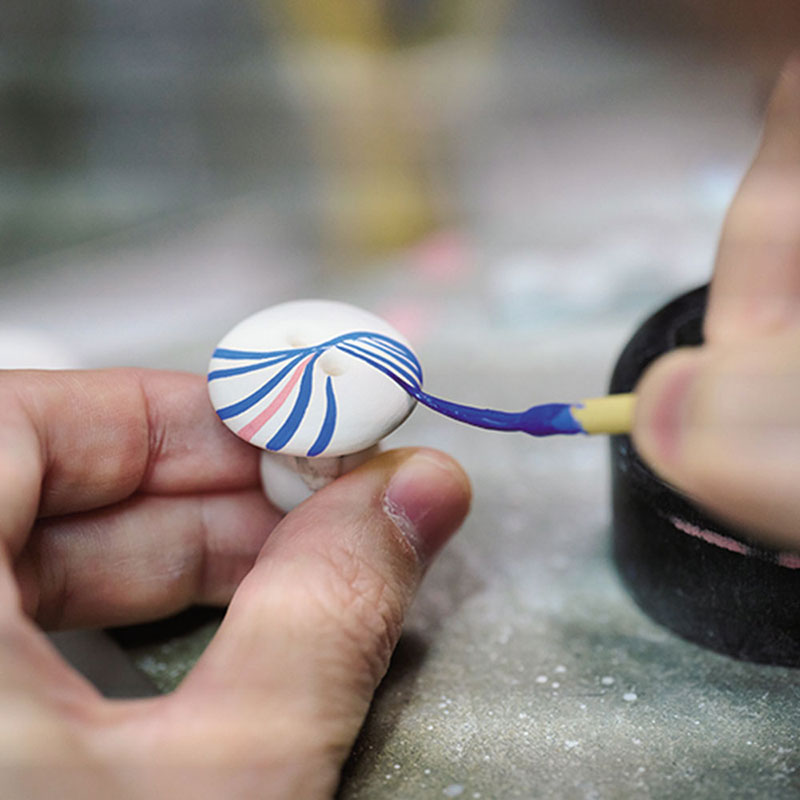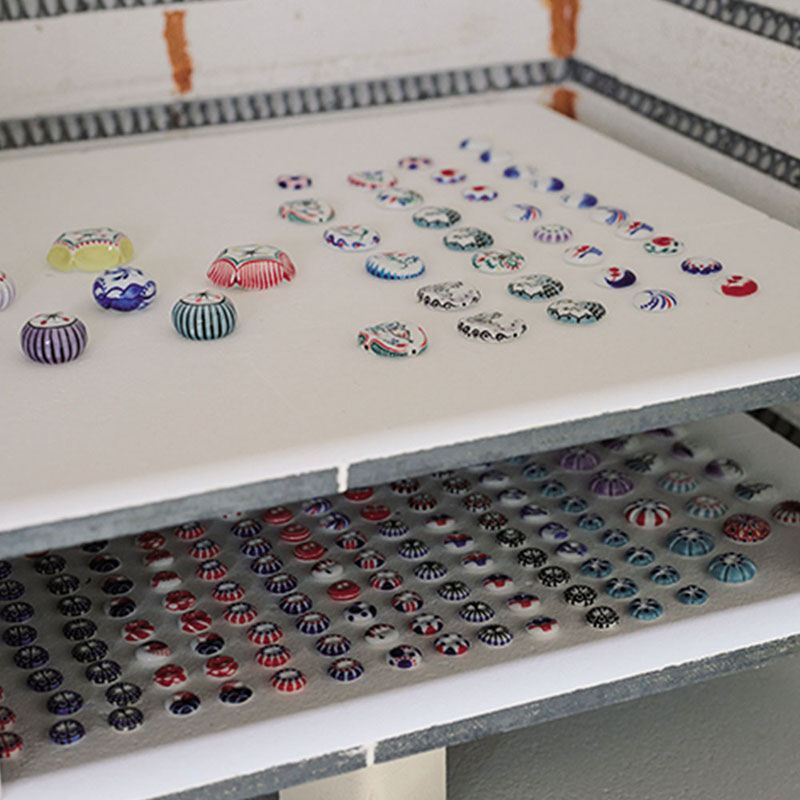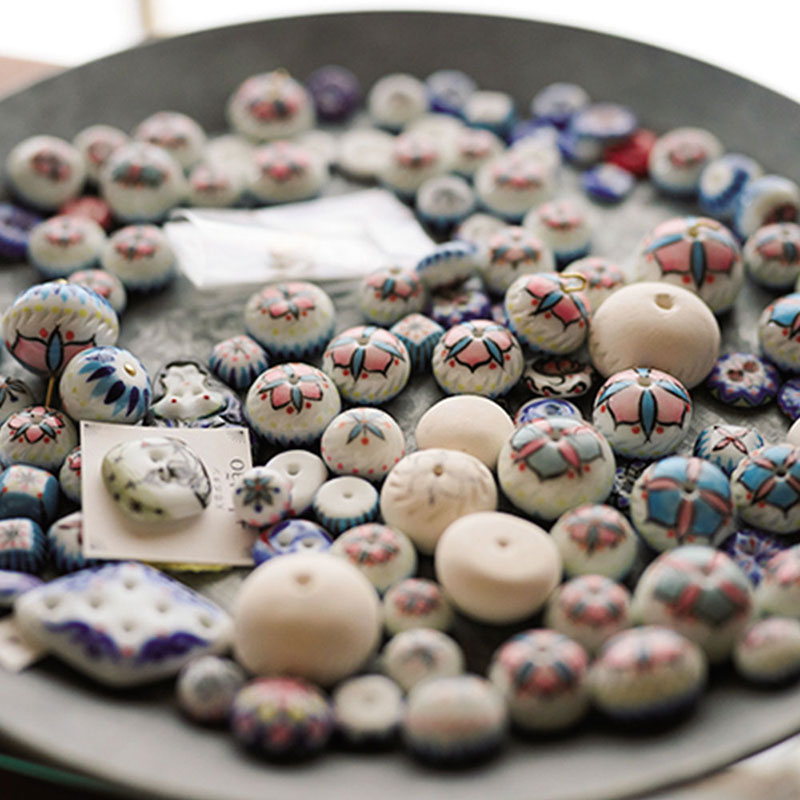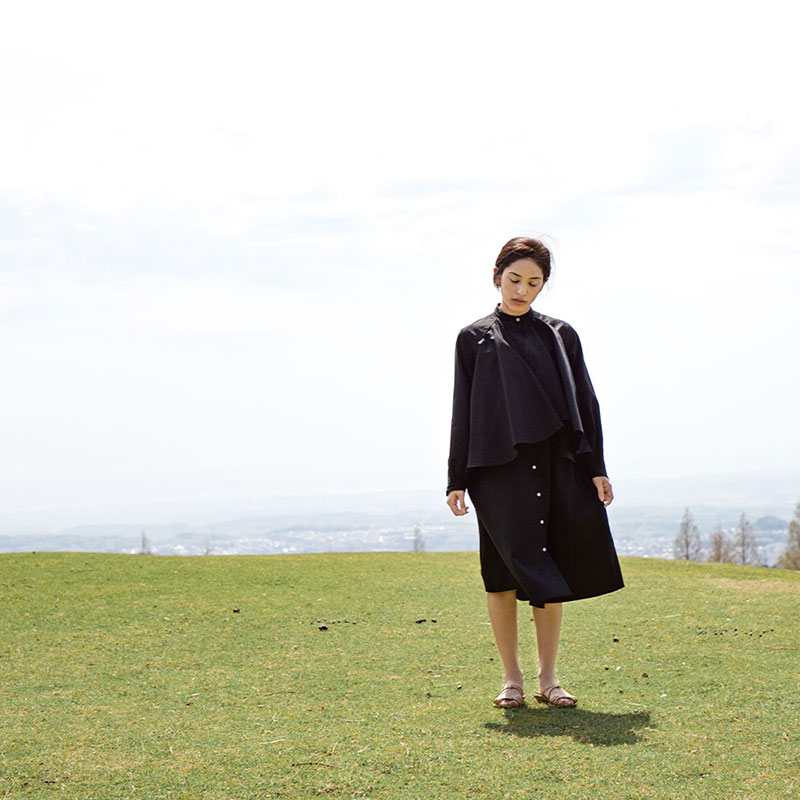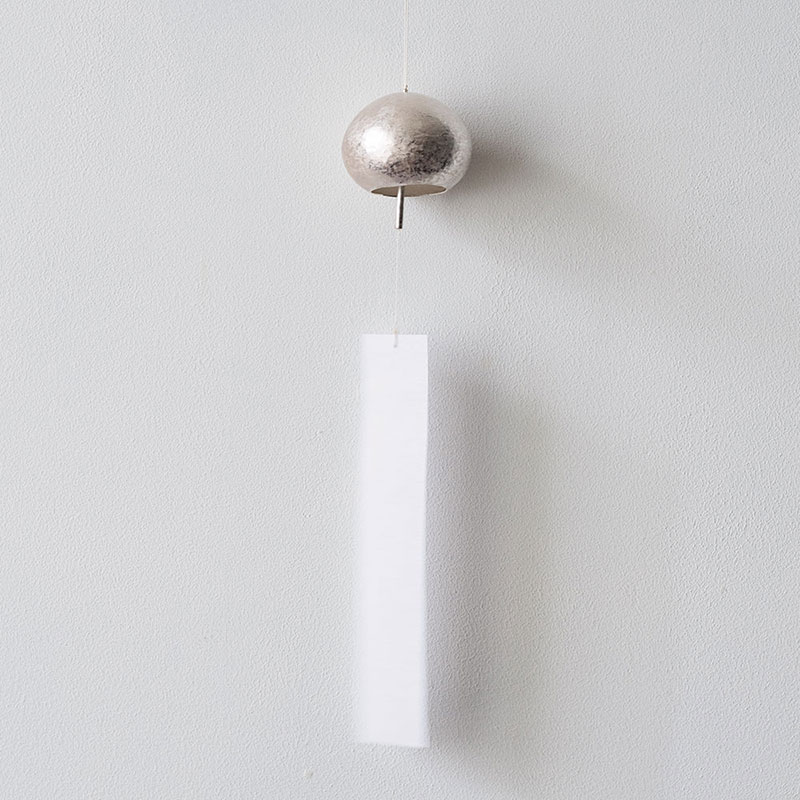My craft is wholly rooted in Amakusa.
In this serialized introduction of talented artists with ties to Kumamoto, our second feature is on the button artist, INOUE YUMI. In September, our editorial team visited a button exhibition held in Tokyo, where most of the displayed works were sold out on the very first day. Such is the popularity of the eagerly awaited Amakusa buttons.
Curious to know more about the artist and their creation process, we visited INOUE’s studio in mid-November.
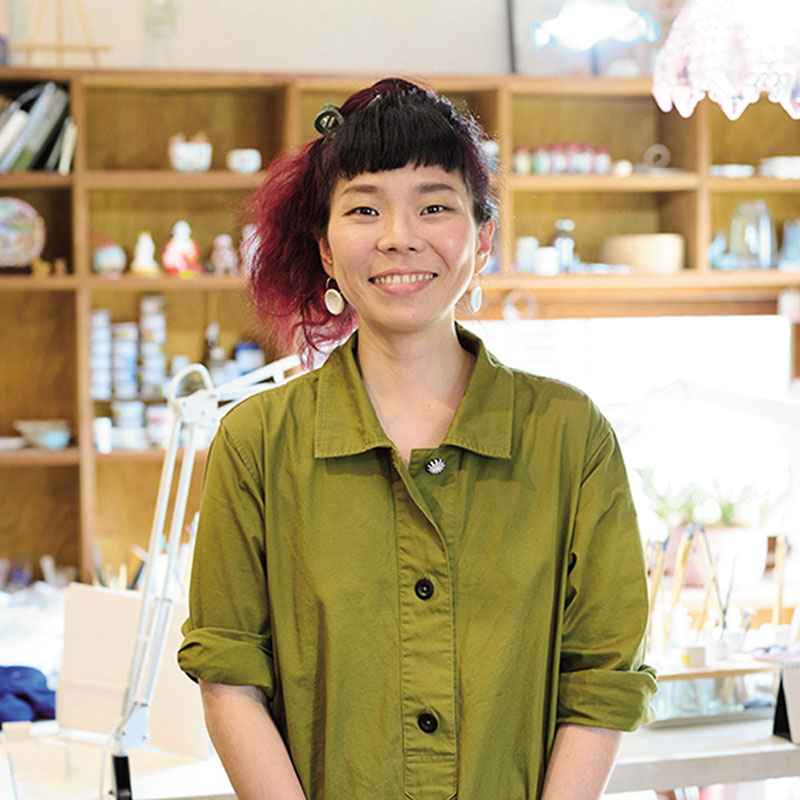
INOUE YUMI
Born in Amakusa City, Kumamoto Prefecture, INOUE YUMI graduated from Fukuoka University’s Faculty of Economics. After moving to Tokyo, she studied design and fashion at the Japan Designer Institute and the Bunka Fashion College. In 2011, she returned to Amakusa and began her career as a button artist, using Amakusa pottery stone as her primary material.
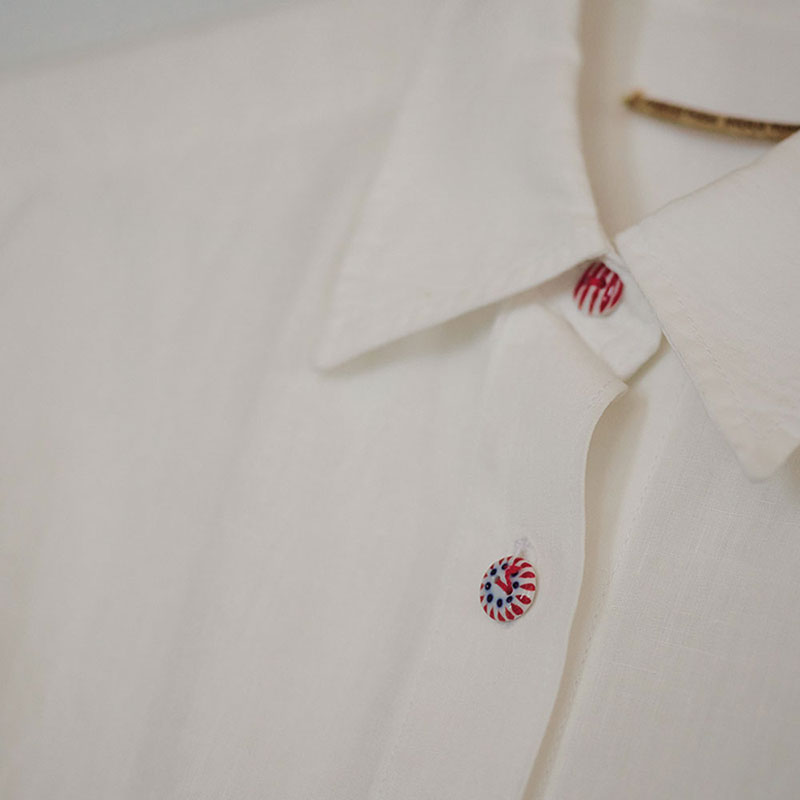
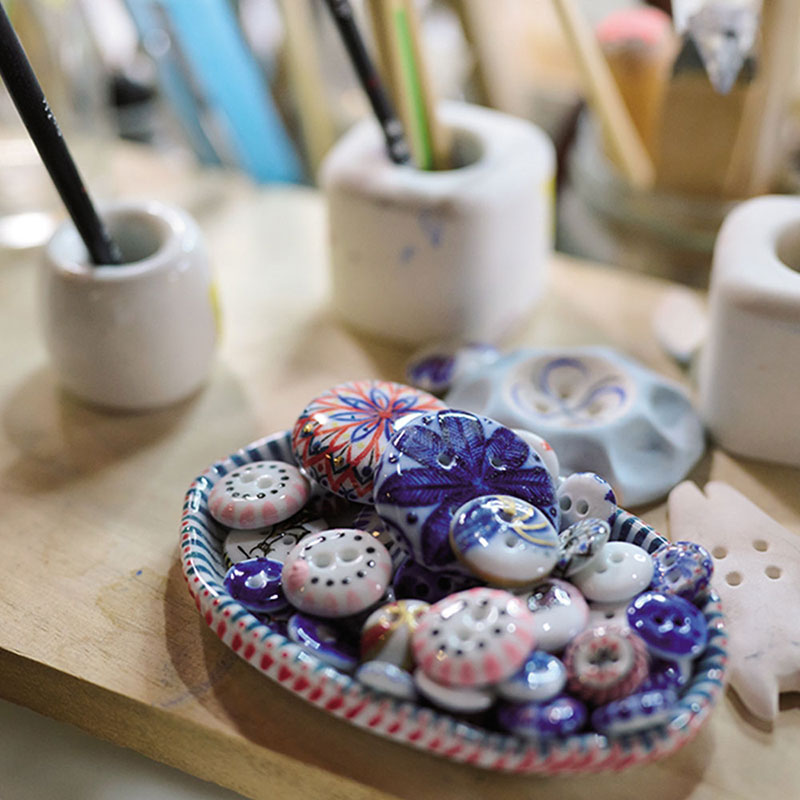
INOUE’s studio, where she hopes her buttons will be cherished for decades.
Using “pottery stone,” the raw material for porcelain, and motifs reminiscent of Amakusa, INOUE YUMI crafts her distinctive Amakusa buttons. INOUE has been familiar with sewing machines since she was very young. Growing up in a household where her grandmother made kimonos and her grandfather was a carpenter, crafting was an integral part of her daily life. After graduating from university, she moved to Tokyo to study graphic design and fashion. As she learned, she also produced and sold bags and various accessories.
A turning point for her came during a visit to Amakusa when she encountered a church in the Sakitsu village, a World Heritage site. The scenery felt as if time had stopped, and she found herself tearing up. INOUE realized how special Amakusa was to her. With a newfound desire to craft in her beloved hometown, she returned to Amakusa in 2011. Wanting to know more about the land and its history, she spotted a job listing for the Amakusa Tourism Association, applied, and soon began touring the island, deepening her understanding of its history and culture.
During this time, she learned about Takahama-yaki (Takahama ceramics) of Amakusa and was captivated by the translucence and exceptional strength of the Amakusa pottery stone. With her experience in crafting clothes and accessories, INOUE stated, “Buttons determine the expression of clothing.” After seeing Takahama-yaki, she felt a revelation: “These have to be made into buttons.”
Before long, she began visiting pottery studios in Amakusa and Arita, learning from various artisans. After much trial and error, the Amakusa button was perfected in 2013. By 2017, she launched her brand “+botão” and began exhibiting and selling her creations. One of the charms of the Amakusa buttons is the artwork drawn on them. All designs are inspired by local landscapes. “Amakusa offers unique sceneries and cultures. The sea changes every moment, showcasing different moods. Being in Amakusa makes me want to capture each of these moments in a button,” she says.
Since INOUE crafts each button with care and attention, mass production isn’t feasible, and regular exhibitions or sales outside of the island aren’t common. However, these buttons, so endearing that you’d want to hold them tight in your hand, are worth the experience. Please check INOUE’s website for exhibition details and see these exquisite buttons for yourself.
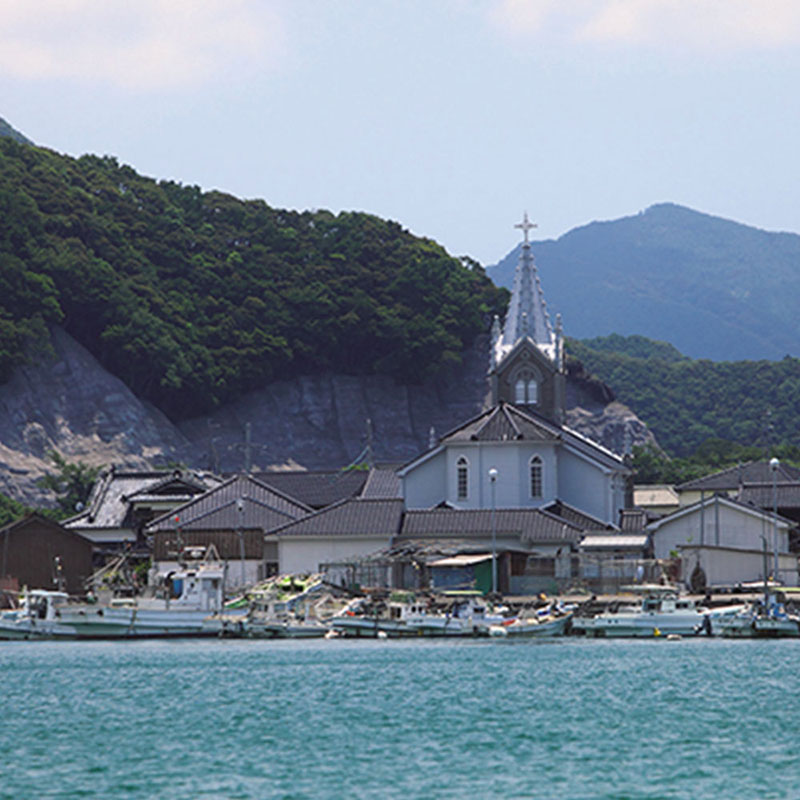
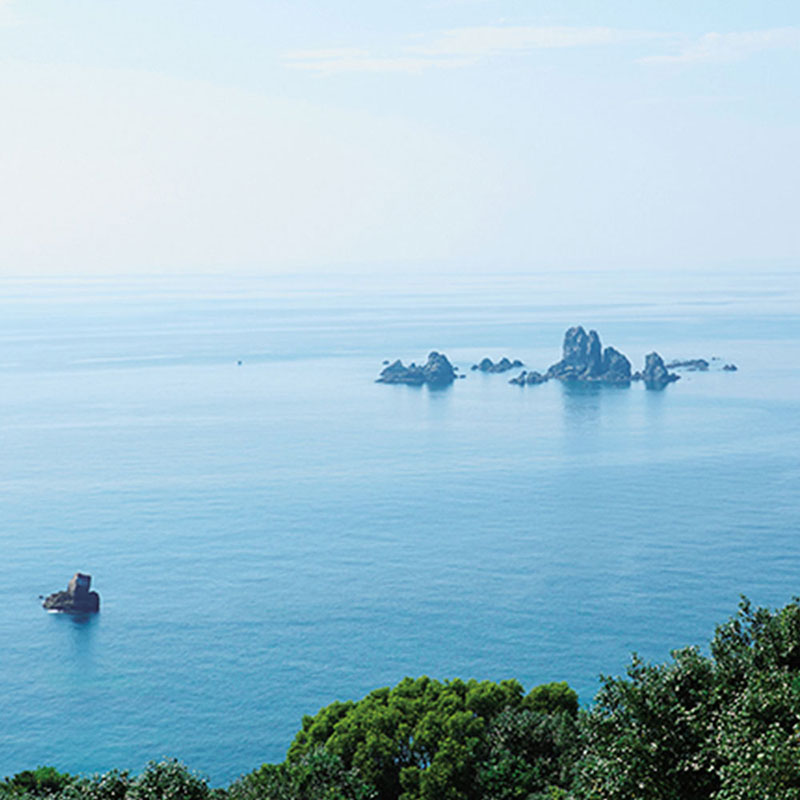
The ever-inspiring Amakusa always provides the ideas for INOUE’s button designs.






